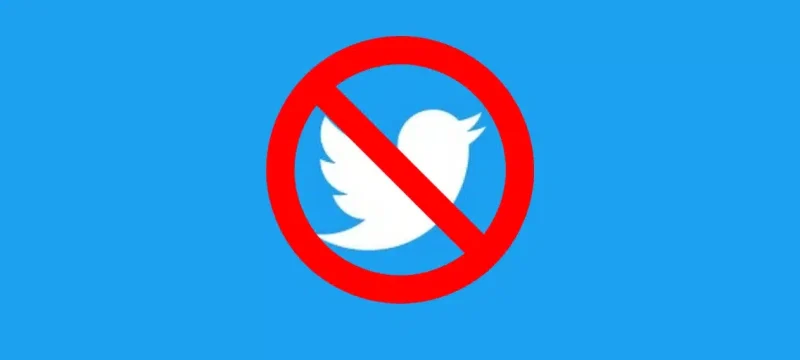In the wake of recent deadly attacks by Hamas on Israel and Israel’s military response, there has been a concerted effort by journalists, researchers, open-source intelligence (OSINT) experts, and fact-checkers to verify the vast amount of raw video footage and images circulating online. However, this effort was hindered by a significant wave of disinformation on social media platforms, particularly Twitter.
During the Israel-Hamas conflict, disinformation spread rapidly on Twitter, making it exceptionally challenging to find verified content or authentic primary sources. The platform’s algorithm, which prioritizes users with premium subscriptions, elevated posts from individuals with blue checkmarks, often at the expense of accurate, fact-checked information.
Misleading content, such as video game footage presented as real footage of a Hamas attack and images of firework celebrations in Algeria falsely portrayed as Israeli strikes on Hamas, circulated widely. Some of this content eventually included disclaimers from Twitter’s community fact-checking system, but much of it remained unaddressed.
Twitter CEO Elon Musk exacerbated the problem by recommending a source known for spreading misinformation. Although he removed his recommendation shortly after posting it, it had already been viewed by millions.
This situation highlighted the challenges of combating disinformation in real-time during crises and the role social media platforms play in amplifying false or misleading content.
The first account recommended by Elon Musk is well-known for highly questionable posts about Jewish people, and the second is one of the worst "osint" accounts when it comes to posting misleading and unsourced content. pic.twitter.com/F2TZMb3wUH
— Shayan Sardarizadeh (@Shayan86) October 8, 2023









